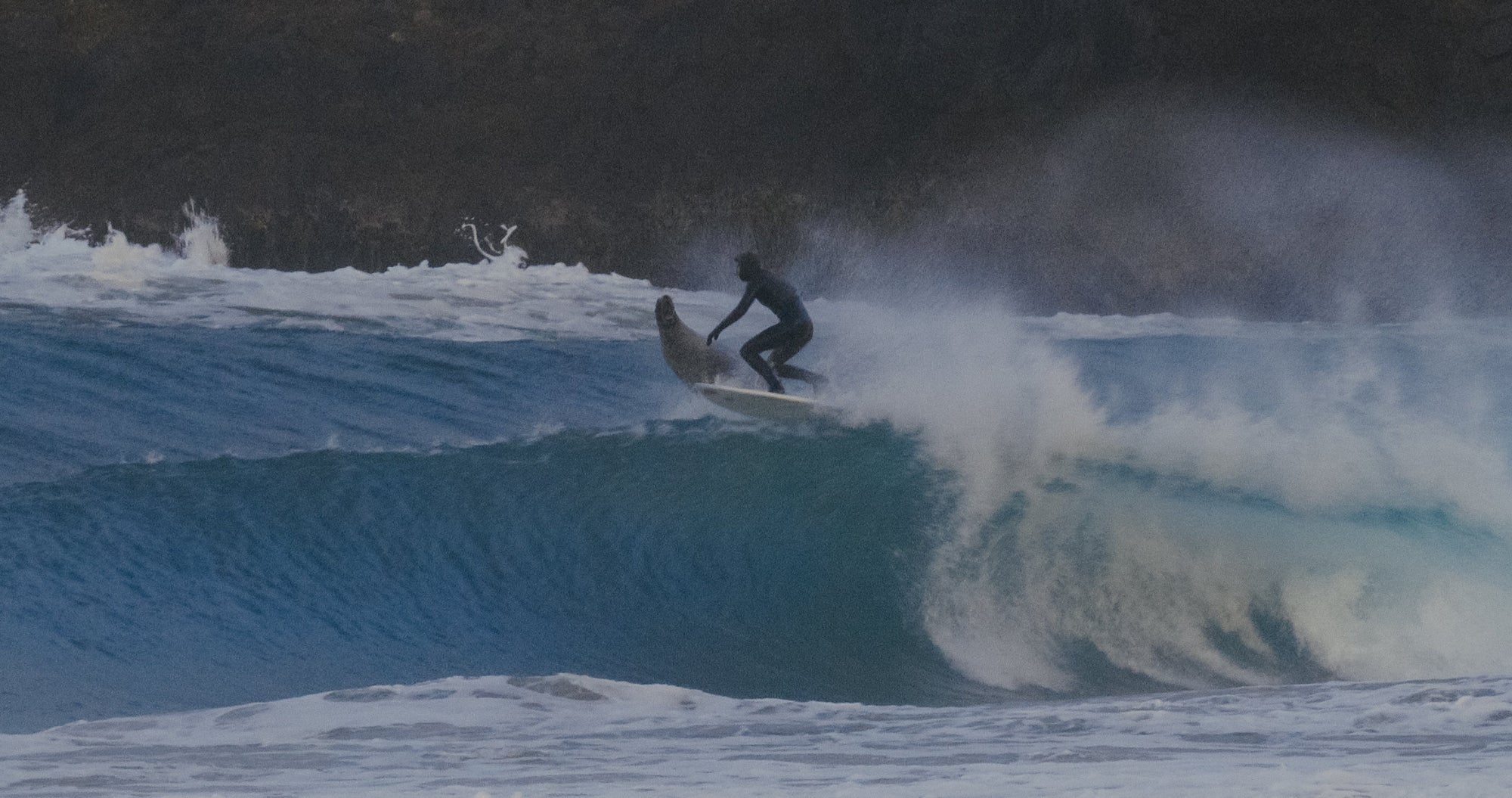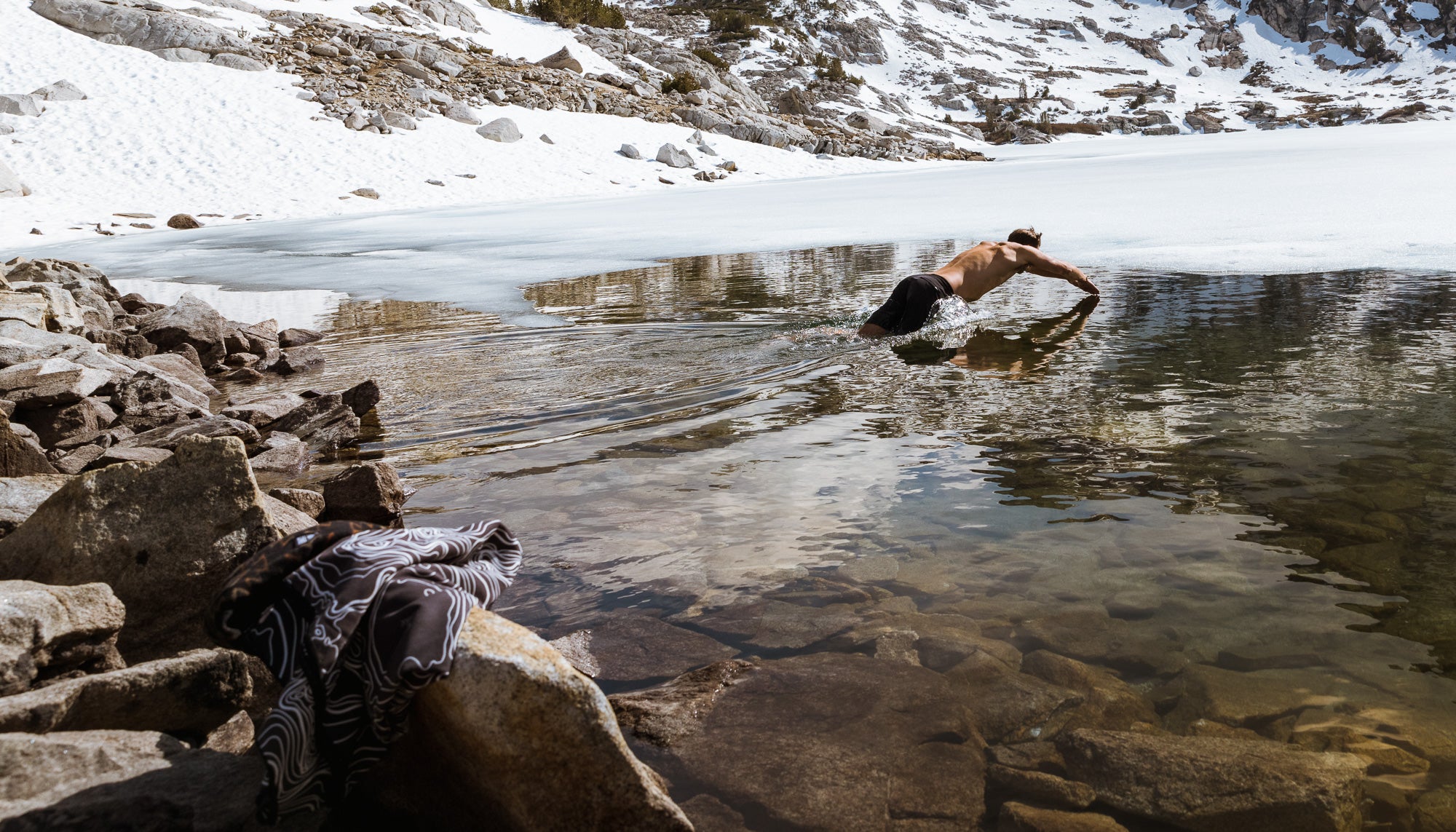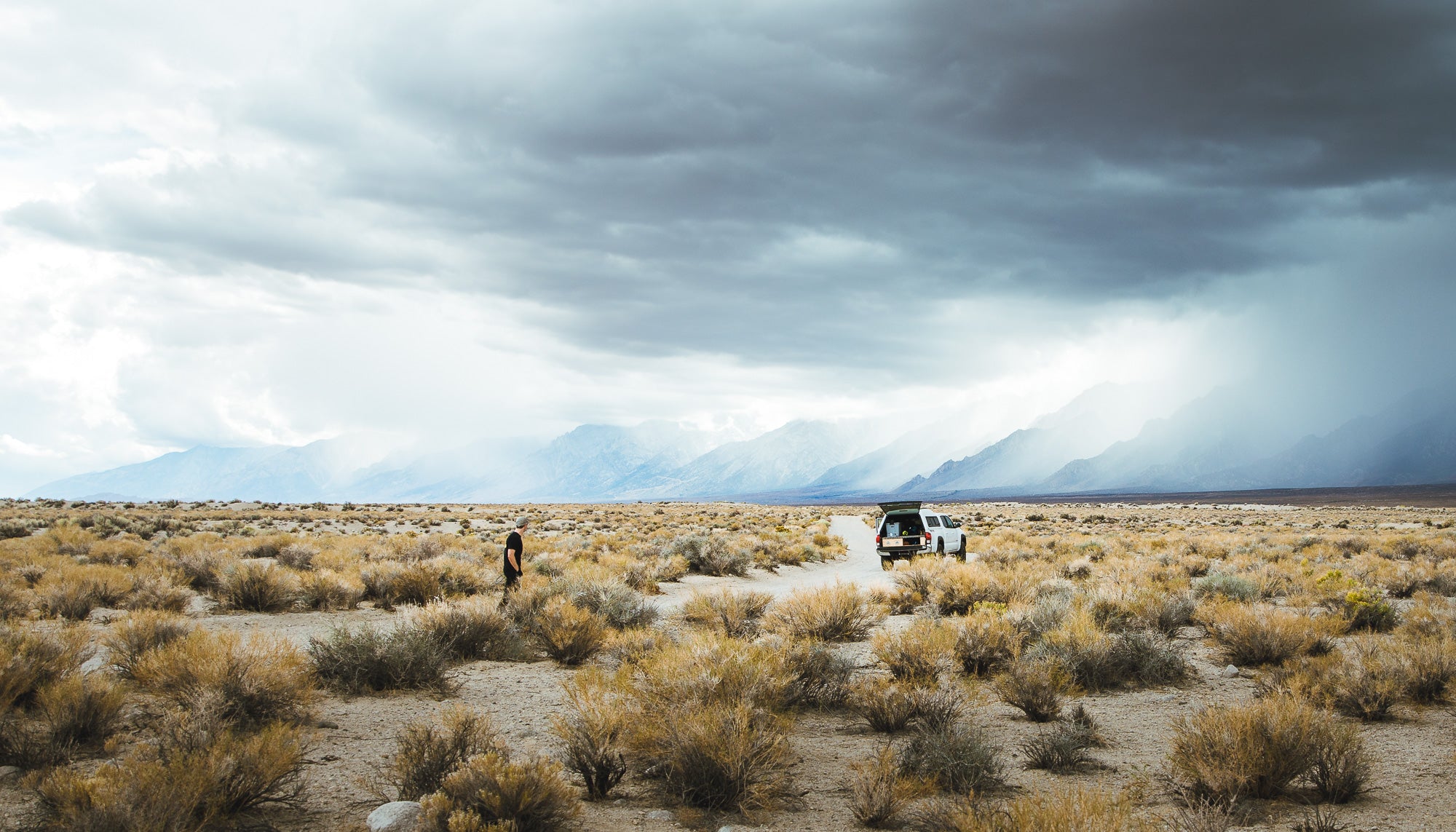Topographic maps are important for navigating the backcountry. By the end of this short article you will know how to visualize three dimensional terrain from a flat piece of paper.

What’s a topographic map?
Topo maps (short for topographic maps) are designed to show the terrain of an area. The map’s contour lines, scale, and legend allow you to identify terrain features, elevations, and distances.
What are contour lines?
Contour lines are the most essential element of topo maps. These are the squiggly lines that run all over the map connecting all the points that show the same elevation.
You can get an idea of the terrain by looking at how the contour lines spread out and come together. The wider spread lines mean less elevation gain (sloped terrain) and the lines that are close together show higher elevation gain (steep terrain). When the lines are packed close together and start to form rings, this is displaying a peak.

Every fifth line on a topo map is thicker and displays the elevation for that line. These thick lines are called index lines and they allow you to identify the elevation of all the other lines. The elevation change between each contour line (which is called the contour interval) is always the same on the map. Usually, topo maps have a contour interval of 40 or 80 feet, but sometimes they may use other measurements. The map we are using as an example has a contour interval of 20 meters, which means each contour line is 20 vertical meters (65.6 vertical feet) from the next line. You can find the details for the index lines and contour interval in your map’s legend.


What is scale?
Scale is the relative distance on a map. There are two areas that help identify the scale of the map.
- The numbers right next to “Scale” in this example are 1:24,000. This tells us that every 1 inch on the map equals 24,000 inches in reality. The higher the number is to the right of the “:” means the map contains less detail of that area (more zoomed out), but as the number decreases, the map will give you more detail of the area (more zoomed in).

- Somewhere else near your map's legend is a scale that shows the relative miles or kilometers of your map. This measurement is a more helpful way to understand how far away that peak or lake is.

What is the legend?
The legend identifies just about everything else you need to know about the terrain. Here, the various symbols, lines, and colors are identified. The symbols and lines could be a range of different things which your map will identify. For colors, the darker the green identifies denser vegetation and white indicates little to no vegetation. Blue identifies lakes, rivers, and streams.
Testing your knowledge
We have provided a matching quiz to test your new knowledge of Topography. The answers are at the bottom of the article.

Image source: "Be Expert with Map and Compass" by Bjorn Kjellstrom
Conclusion:
Topo maps are essential for navigating and are especially useful when combined with a compass (we will be doing an article on using a compass soon). Most national parks, national forests, state parks, recreational areas offer maps of the areas they cover. These maps can be found on their websites. Another great resource is Topo Zone, which provides digital maps for just about any area. Their maps can be printed and used, but don’t forget to print the legend.
Matching Quiz Answers: 1(B), 2(E), 3(D), 4(C), 5(F), 6(A)
If you learned something new, think we need to add something, or just had thoughts about this article, we would love it if you left us a comment below! Thank you for being a member and we are looking forward to sharing more great content with you.
PS: We designed a topographic towel with a clean topographic pattern on one side and a 3d model of the same area on the other side.




